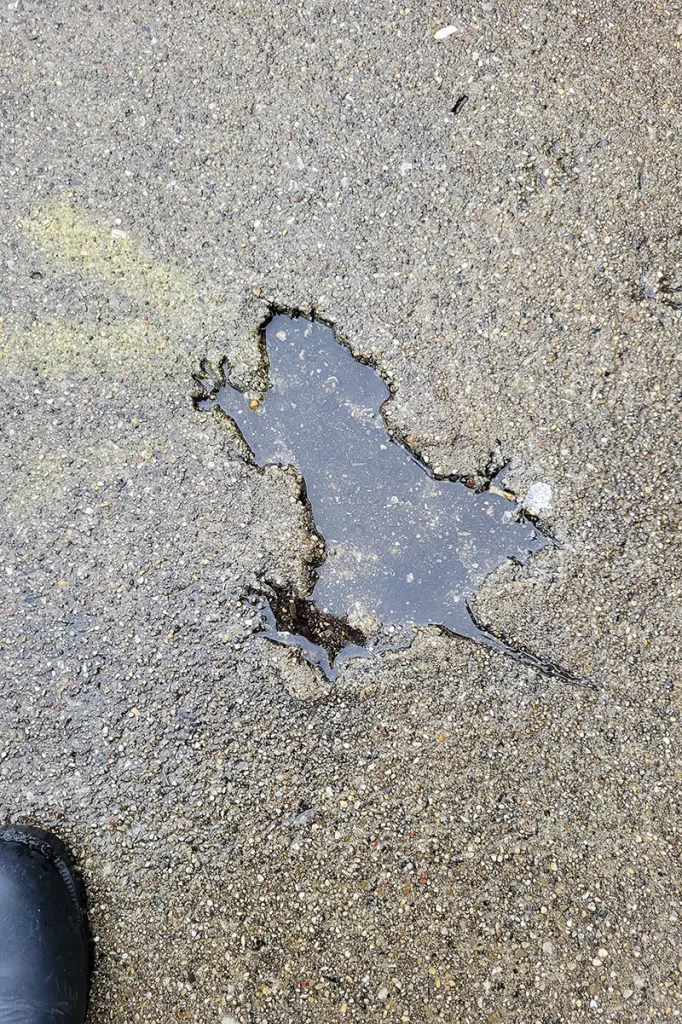Rats! Science Redefines Social Media Sensation
The rodent that caused a sidewalk impression known as the “Chicago Rat Hole” likely was a squirrel, according to a UT animal researcher and his colleagues.
An imprint of a rodent in concrete is more than a meme to an animal researcher from the University of Tennessee, Knoxville, and his collaborators. By investigating photos of the “Chicago Rat Hole,” they show the capabilities and challenges of scientific methods.

Millions of people viewed the photo a comedian posted online in 2024 of a sidewalk impression in Chicago’s Roscoe Village neighborhood. People began visiting the site, also called “Splatatouille,” and posted more photos of the imprint and offerings they left nearby, such as cheese, coins, and flowers.
Assistant Professor Michael Granatosky from UT’s Department of Ecology and Evolutionary Biology and researchers from several other colleges mined those online images and identified 25 from which they could determine detailed measurements of seven key anatomical landmarks. Then they compared those measurements with museum specimens from eight rodent species commonly found in Chicago.
While many assumed a brown rat left its mark in the concrete, the length of the forelimbs, third digits, and hind paw in the impression were all larger than that species’ samples.
A statistical analysis showed a 98.67% likelihood that an eastern gray squirrel or a fox squirrel made the impression. Based on the populations of those species in Chicago, an eastern gray squirrel is the most likely cause.
“While we acknowledge the playful spirit of this investigation, our broader aim is to highlight that scientific inquiry begins with curiosity and observation—qualities that are not exclusive to professional scientists, but accessible to anyone with an interest in understanding the natural world,” the researchers say in their study, published in Biology Letters.
They were able to analyze a finely detailed, full-body impression, but hair such as a squirrel’s bushy tail does not create well-defined impressions in sidewalk concrete. Additionally, the way an animal makes an impression can distort measurements. The researchers note the challenges of paleontological research, where a trace fossil may have left an impression millions of years ago.
“Beyond solving a quirky urban mystery, the study highlights the challenges of linking a trace to its maker,” Granatosky said.
By Amy Beth Miller